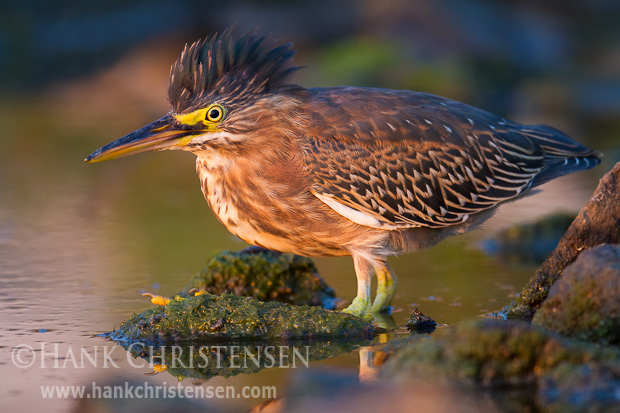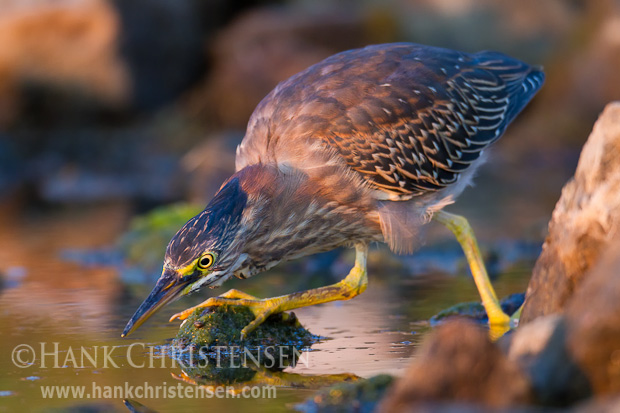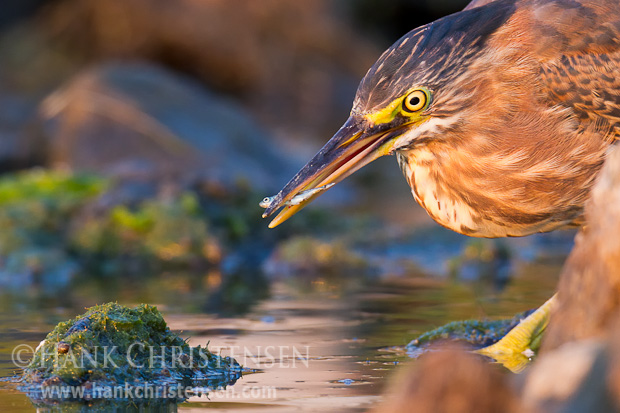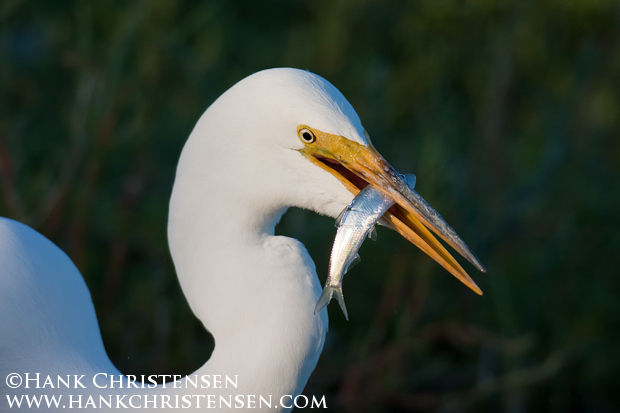Late last year I finally made it to the Monterey Aquarium for the first time. In addition to fish and water mammals, I was happy to see a variety of birds there, including an excellent local injured bird care facility (stay tuned for a future post specifically covering those birds). I hope to make it back soon, because there is so much to see there (I didn’t even make it all the way around in one visit). Here are a few of my personal highlights.
First up, in the seahorse exhibit, was the leafy seadragon.
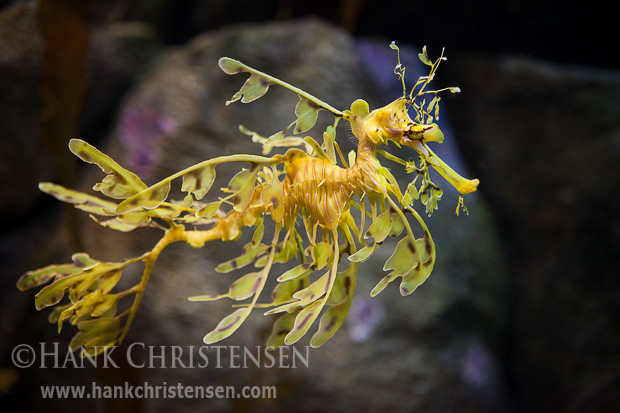
This master of disguise was quite amazing to watch moving about its tank. I would love to see one in its natural environment to see how well it can blend into surrounding vegetation.
The aquarium had a quite extensive jellyfish collection as well.

And of course, no aquarium is complete without many, many fish. Here is a large bony fish (I didn’t catch the species of this one, and he looked rather grumpy so I didn’t bother asking him).
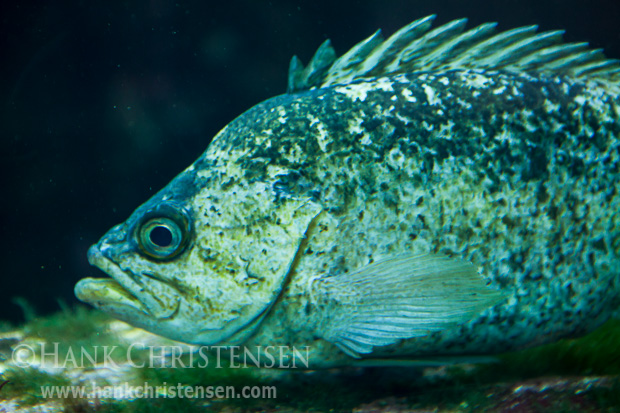
One of my favorite fish seen that day was the ocean sunfish, mostly because if its sheer size.
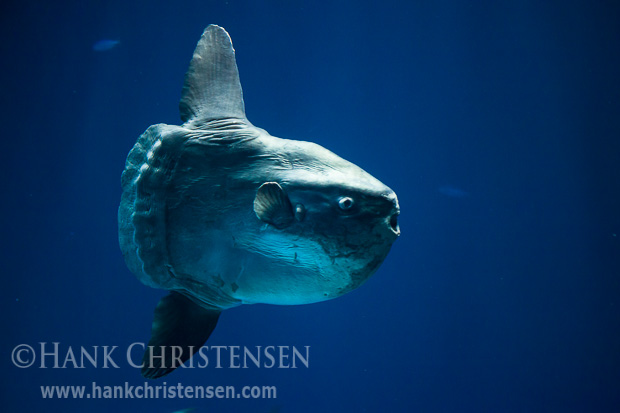
The sunfish is the heaviest known bony fish in the world, with an average weight of 2200 pounds. The largest specimens can be over 10 feet in length, 14 feet across the fins, and weigh up to 5100 pounds.
And of course some birds! Here are two species I’d have to travel to Alaska to see in the wild: the tufted puffin and the horned puffin.
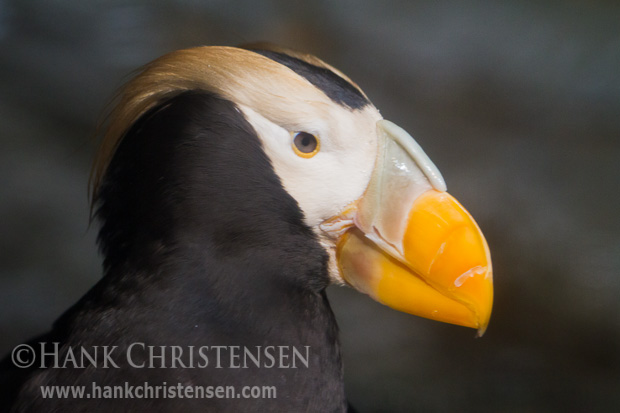

I highly recommend a visit here, particularly if you can get there on a non-field trip week day. Other days can get quite busy. There is a ton to see, and it is hard to beat the beauty of the surrounding coastline of Pacific Grove and Carmel.

